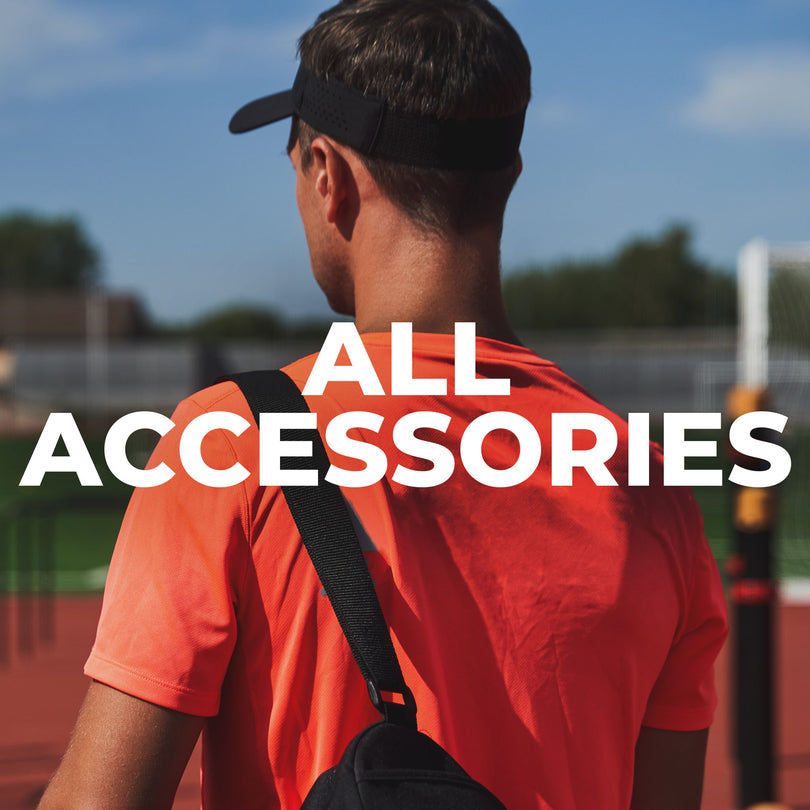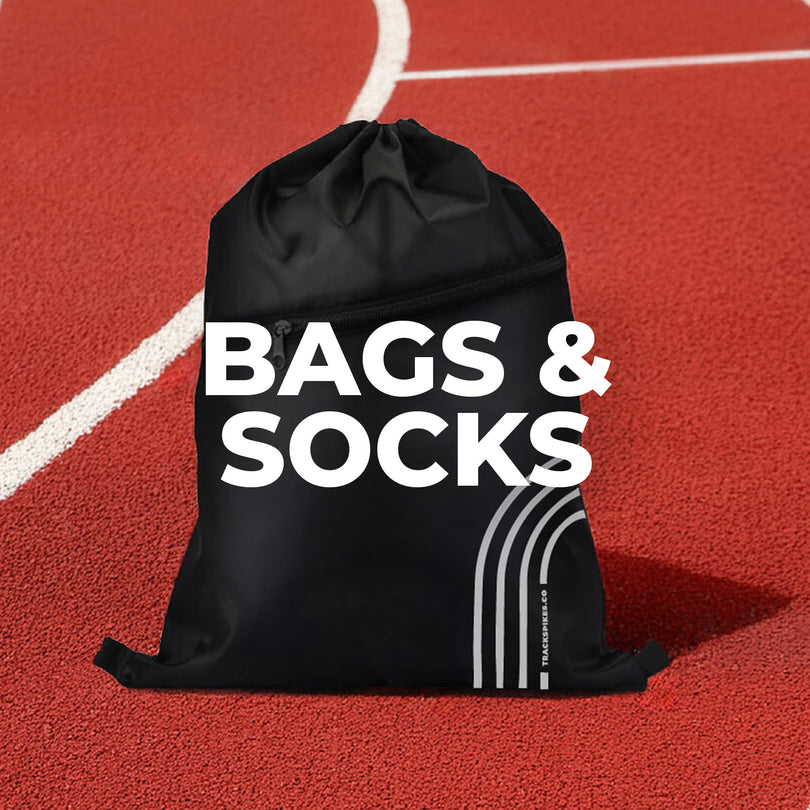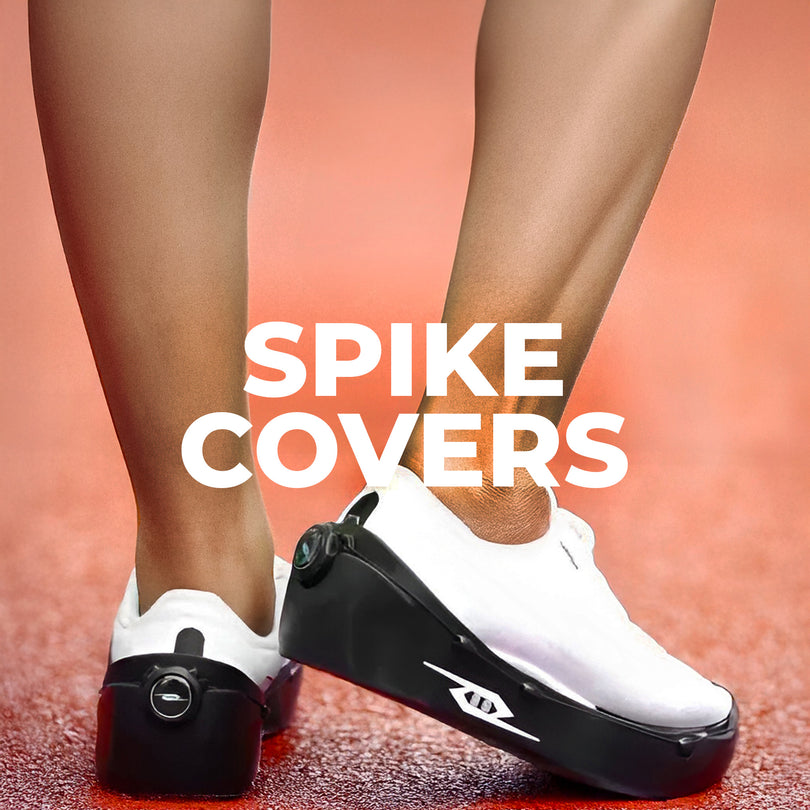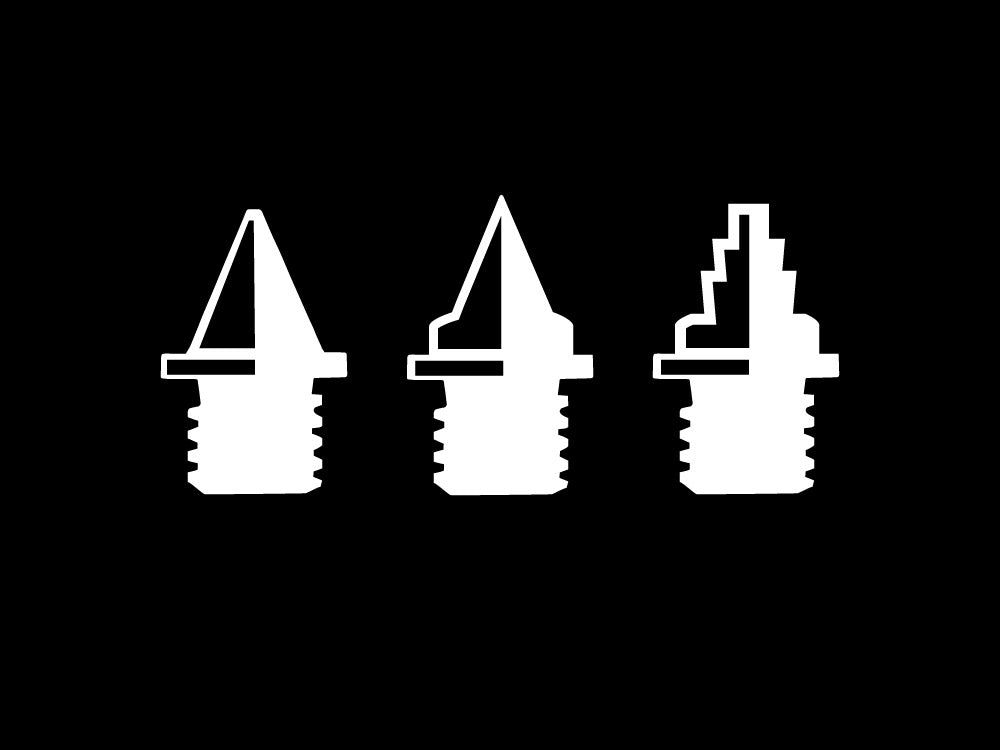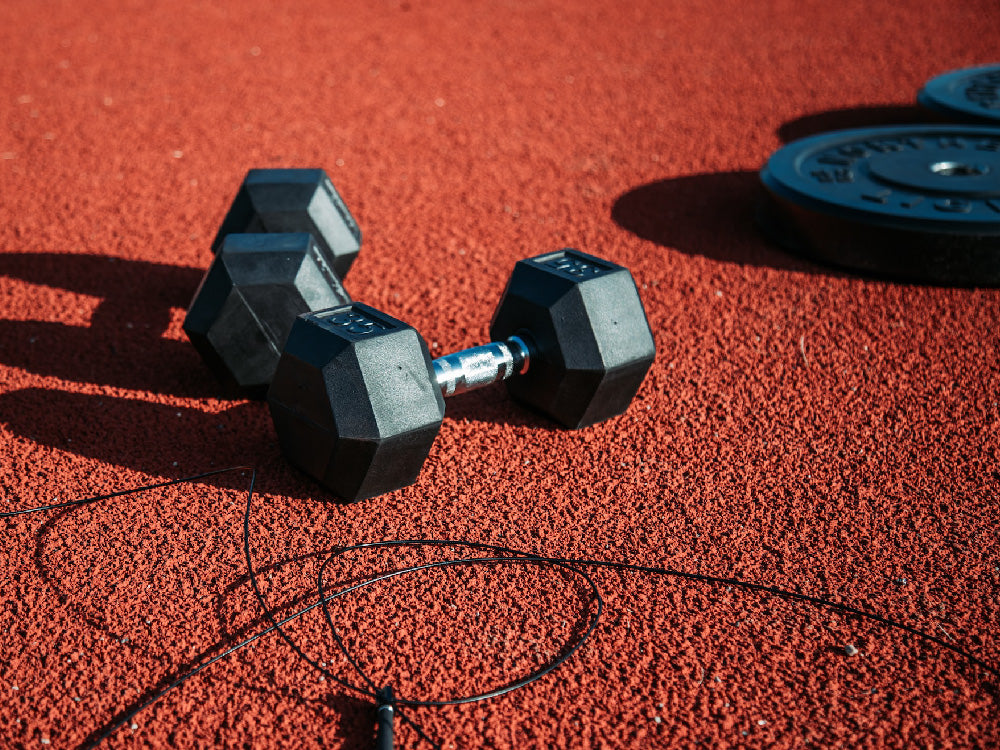For as long as track running has existed, runners have been searching for the perfect pair of shoes to give them the upper hand on race day. From the early waffle-style shoes to the more recent era of minimalist, lightweight track spikes, the search for speed has been the most consistent part of shoe innovation. As coaches and runners continue to find new ways to get faster, so do shoe manufacturers.
Running was changed forever when Nike introduced the Vaporfly, bringing carbon fiber into the running shoe market for the first time. Carbon plated shoes are now on the feet of professional and amateur athletes on tracks across the globe, with most shoe manufacturers offering at least one carbon plated model.
So, what is the difference between the two, and are they worth the extra cost? Let’s look at the pros and cons so you can decide which style of track spike is the best choice for you.

Carbon Track Spikes
Carbon fiber track spikes, also called “super spikes,” are designed for speed: they are track spikes featuring a carbon fiber plate embedded in the midsole. The purpose of the plate is to provide a spring like effect with each stride. The plate generally runs the length of the whole shoe, although some manufacturers have experimented with shorter plates.
The carbon plate is usually placed between two layers of foam, increasing the shoes' cushioning and making it much more comfortable. Anyone who has worn traditional track spikes knows this is a much welcomed bonus.
Carbon track spikes are known for their lightweight construction and superior energy return, which provides a significant advantage over traditional spikes for runners looking for faster race times.
The Pros and Cons of Carbon
The main benefit of carbon track spikes is their ability to improve performance and, therefore, speed. Several studies have shown that experienced runners can expect a 2-4% increase in their running economy over a traditional shoe, which translates to a roughly 2.67% improvement in running speed. This improvement is achieved by the carbon plate flexing with each step and creating a spring like effect as the foot pushes off.
The carbon plate also helps to keep the foot and toes in line, which helps to create a stronger push off, which can also help to reduce injuries.
Carbon-plated spikes have several drawbacks, the first of which is the cost. While they are faster and more comfortable, they are also more expensive to manufacture, making them more costly to purchase.
The other main drawback is the durability. Carbon fiber is a strong material, but eventually, it will begin to break down and lose some of its rebounding abilities. This can reduce the overall lifespan of a shoe. While this is most relevant in long distance runners, it is also something to keep in mind for sprinters.
 Traditional Track Spikes
Traditional Track Spikes
Traditional track spikes have been around for decades and are designed to be lightweight and minimalistic. While they have changed quite a bit over the years, they have typically featured a rubber/plastic outsole with metal spikes to provide traction on the track or course. The spikes are generally removable, allowing runners to customize the length and type of spike depending on the track and current conditions. Traditional spikes are best known for their low profile and minimal cushioning. Generally speaking, the longer the event the shoe was designed for, the more cushioning it will have.
Pros and Cons of Traditional Spikes
The main draw for traditional spikes today is mainly their cost. As they consist of less expensive materials, they are often half the price, or less, of some higher end carbon spikes.
The other main advantage of traditional spikes is the feel and customization. Their low profile and simplistic design allow the runner to feel the track under their feet, which can help maintain control. Changing spike type and length means a runner can customize them before each race, should they feel the need.
The most prominent downside to traditional spikes is their lack of cushioning and support. While this may not matter too much during a short sprinting event, during some longer track events, this can lead to some discomfort.
Like running shoes, not every track spike will work for every runner. Consider the pros and cons of both when deciding which type of spike is best for you. If speed and setting new PBs matter to you, then carbon plated spikes are likely the best option. However, traditional spikes are most likely your best bet if you’re a runner on a tight budget or want to try track running to see if you enjoy it before diving right in.








